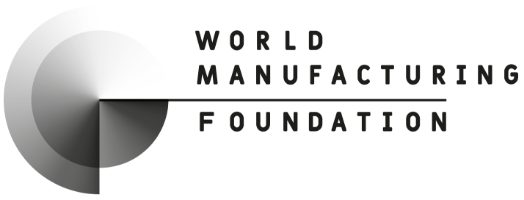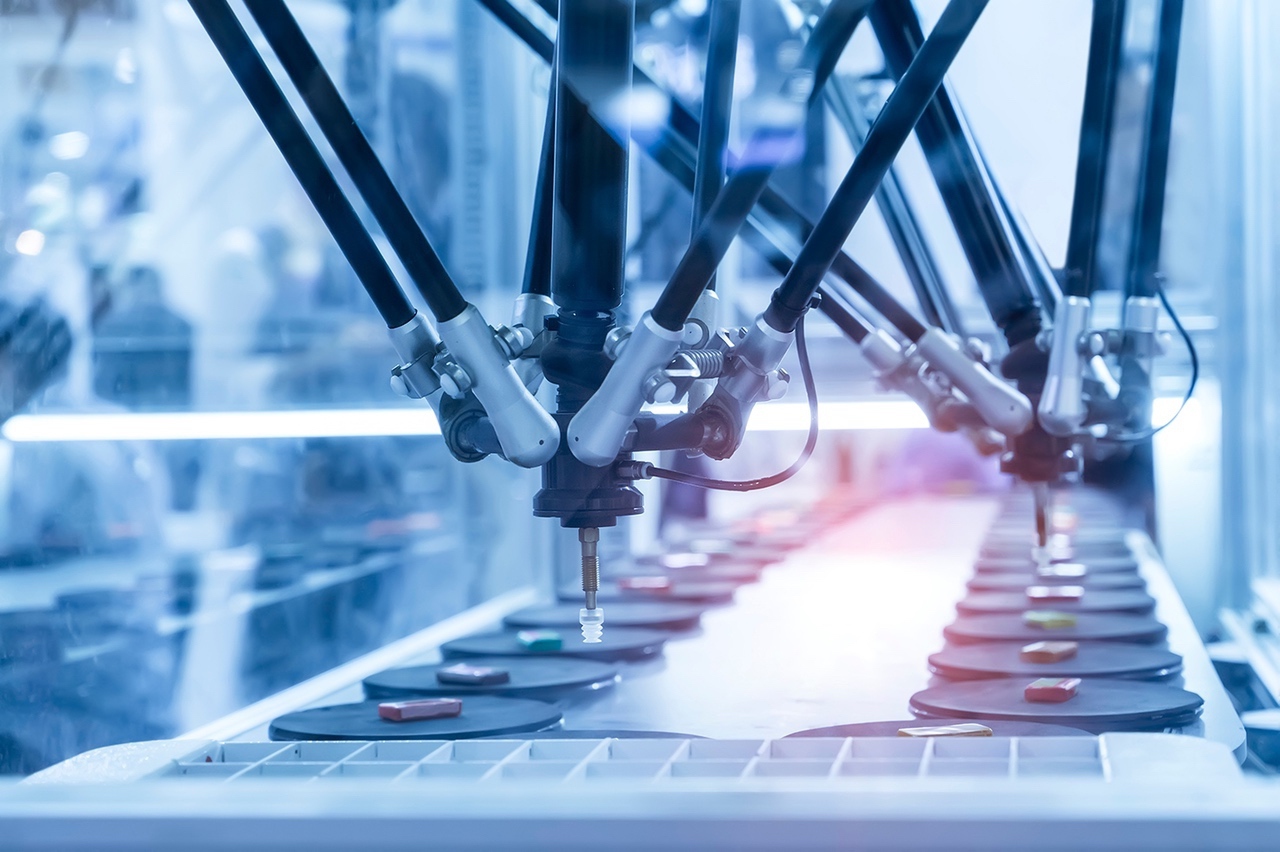

The future of Manufacturing Clusters
- Manufacturing Platform
- The future of Manufacturing Clusters
The future of Manufacturing Clusters
Fernando G. Alberti
Professor and Director of the Institute for Entrepreneurship and Competitiveness
LIUC, Italy
COVID-19 is a global crisis that has impacted over three-quarters of the world’s manufacturing outputs. Since the beginning of the outbreak, manufacturing and global supply chains have been challenged and disrupted by factory shutdowns, boom in demand for essential goods, trade restrictions, new regulations, as well as customer behaviour shifts, with severe consequences for businesses and society.
Firms and policy makers have been forced to prioritize immediate short-term needs, but they now need to rethink and plan long-term strategies if they want to recover and stay competitive in the post-Covid era.
Recognizing this need, the World Manufacturing Foundation launched a new initiative, “Back to the future – Manufacturing beyond COVID-19”, which aims at capturing “back to the future” practices in the manufacturing industry to stimulate future multi-disciplinary courses of actions in a post-Covid-19 manufacturing paradigm.
Manufacturing clusters is one of the focus topics of Back to the Future project and addresses how industrial clusters are reacting to the pandemic, and more specifically their role in shifting competitive boundaries, offering new and critical models for collaborative innovation, and in fostering the sustainable development of regions and nations.
According to prof. Michael E. Porter, clusters are “geographic concentrations of interconnected companies, specialized suppliers, service providers, firms in related industries, and associated institutions in a particular field that compete but also cooperate”.
They are for sure one of the key actors of industrial ecosystems, especially during crisis and transformational times as the one we are living. On one hand they can foster interactions between large companies, SMEs, universities and other research centers, facilitating the critical cooperation with policy makers.
On the other, they are in a unique position to spur connections and collective strategies that are needed to rethink and reorganize manufacturing supply chains. These kind of beneficial cooperation and wider engagement of different stakeholders make clusters the ideal ground for the adoption of ‘shared value’ strategies, a business paradigm that is assuming a central stage in today’s and future competitiveness, promising to create economic and social value for firms and communities, while answering to the most urgent needs of our time.
A significant number of cases, in both academic and professional worlds, now show us the importance and key role played by clusters, in different manufacturing industries and located in different parts of the world. A recent and virtuous example is provided by the European Commission and the tremendous success of the informal call they launched at the beginning of April, with the support of the European Clusters Alliance, to all the European industrial clusters. The goal was to map available production capacity for masks, PPE and ventilators in order to quickly address shortages and meet demand in response to the pandemic. In record time the call got over 1,100 offers from companies offering options to produce these medical supplies.
So, in times like this one, a cluster-based approach has proven to be a key asset for public policy to respond to challenges in well-informed and targeted way. Clusters can help spot new and emerging society’s needs, strengthen the interactions among and along supply chains, and enhance firms’ competitiveness and resilience to future shocks. As efficient neutral platforms, they should be used as primary channels to mobilize funding, policies and context-specific strategies.
A distinguished group of 12 international academics and practitioners, world experts of cluster development and Faculty Members of the MOC Network of Prof. Michael E. Porter at Harvard Business School, virtually teamed up to bring about their professional experience, knowledge and insights on the topic and contribute to the realization of a White paper that will be presented at the World Manufacturing Forum 2020. Thanks to this global team of experts – that I’d like to thank very much for their availability and willingness – we have been able to collect contributions and valuable perspectives from the manufacturing sectors of 12 different world regions, located in 3 different continents.
The focus of our work is on the microeconomic, firm- and cluster-centric response to the pandemic, a perspective that should accompany the macroeconomic and public health dimensions very often at the heart of the debate. As we learned from the last global financial crisis, a strong debate on how to upgrade microeconomic competitiveness is at least fundamental to foster the sustainable growth of a post-Covid competitive world.
The Manufacturing clusters group is focusing its attention on three main discussion areas. First, we are addressing how manufacturing clusters are redesigning themselves in connection to services, minimizing barriers between manufacturing and service industries and reshaping the competitive boundaries of regions. A number of real cases are collected and put forward to highlight how new alliances and supply chain configuration are emerging to meet recent most urgent challenges and how they could be leveraged in order to enhance regional and firms competitiveness, but also their resilience in the face of future similar shocks. A specific focus is devoted to the relationship between local and traded clusters, and on how they can reinforce each other speeding up mutual recovery process.
So, the question is: Is there a multiplier effect from the new relationships between manufacturing and services to the rest of the economy?
Second, the group is trying to highlight and analyze how clusters are offering and responding to new models for collaborative innovation within the manufacturing sectors such as data-sharing initiatives, crowdsourcing, platforms for collaboration and co-creation, across countries and regions, as a way to react to the pandemic. The opportunities of the new economic landscape, mainly related to the increase in digitalization and decrease in the costs of communication, have led to the exponential growth of a new form of virtual clusters, which enable any firms with Internet connection to engage with other individuals, private actors and/or public organizations, without geographic restrictions.
So, the question is: In times of deep uncertainty and concerns related to trade restrictions in international markets, how are these new forms of collaborations fostering effective relationships not just into but between related clusters?
Last but not least, our team is debating the increasingly urgent topic of how clusters could help foster the transition toward a sustainable world. Best practices and good cases of how clusters are providing ideal grounds for the implementation of Creating Shared Value strategies is the main focus of this discussion. The current global manufacturing model tends to still rely on linear production systems, which are highly wasteful and polluting, but Covid-19 gives us the chance to rethink supply chains. In particular, closer linkages between production and consumption cycles and their connection with demand-led innovation, driven by locally relevant problems and solutions, will set the foundation for a more sustainable world. However, when it comes to social innovations, an alignment on the same long-term strategic vision among the different stakeholders involved is absolutely necessary to bring about large-scale impact. To this regard, clusters could play a fundamental role in creating trust, a sense of network membership and in spreading knowledge.
So, the question is: How clusters can help design and implement shared value strategies and systemic actions promoting inclusive and sustainable industrial innovation?
The main result of our work will be a set of key learned lessons and recommendations for managers, policy makers and industrial leaders to help them take informed decision about new sustainable growth and collaboration opportunities based on the complementarities and possible interdependencies that exist or are emerging between industries and clusters.